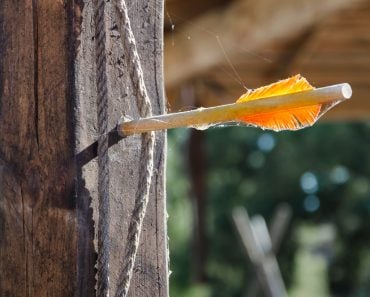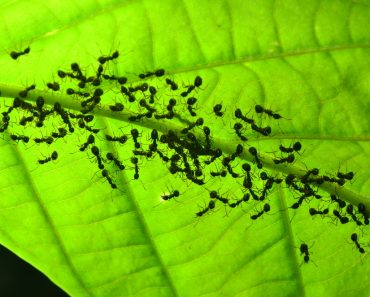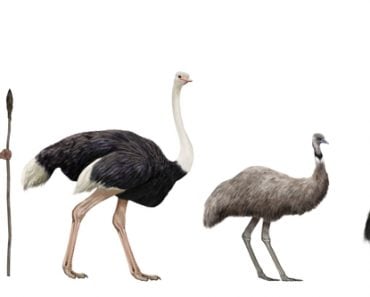Table of Contents (click to expand)
The pigeon post worked by training pigeons to fly back and forth between two points, carrying messages to and fro. The speed, efficiency, and lack of human variability were achieved using pigeons with strong magnetoreception skills.
Before the advent of modern communication technologies, people had to rely on slower methods of communication that took considerably more time.
In movies and on TV (for example, Game of Thrones), we’ve all seen homing pigeons (or ravens) delivering messages. But how do you train a pigeon to deliver mail, and what’s the story behind this strange ability?
Recommended Video for you:
Horses Vs Pigeons
More than 3,000 years ago, people delivered messages on horseback or foot. However, this method was unreliable due to unpredictable factors such as dishonest messengers, accidents, loss of messages, unexpected delays, and a lack of guaranteed privacy. This led to the need for a faster and more reliable delivery system.

One common concern was the speed of the delivery. People often questioned how fast a horse could run and what would happen if the message was urgent. As a result, homing pigeons were introduced as the first improvement in message delivery.
While studying the patterns and movements of birds, it appeared that they had a wonderful sense of direction and could consistently find their way back to their nest. Even after foraging, hunting, and soaring for miles in every direction, they could guide themselves home.
How Carrier Pigeons Know Where To Go
Pigeons were a popular choice for domestication because they are easy to capture, breed quickly, and are relatively calm. They have a strong sense of direction, which makes them perfect for creating homing pigeons.
The rock pigeon was selected and interbred to produce homing pigeons, which could locate their way back “home.”
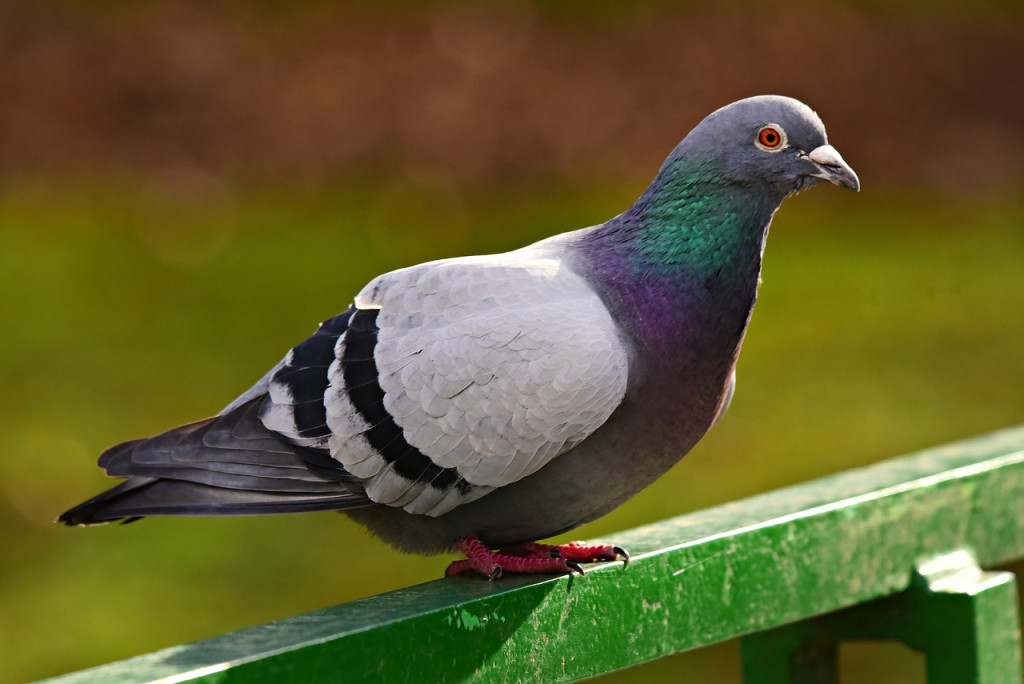
These pigeons would be trained carefully by taking them further and further from their “nest” before releasing them to fly back home.
In this way, pigeons could be programmed, for lack of a better word, to fly home from a range of different locations. Pigeons could use visual cues, like natural landmarks, and gradually develop a known path back to their home base.
Unfortunately, this meant manually transporting large numbers of pigeons in one direction before releasing them with a message attached to their leg, hoping they would return to the original location.
These messages were typically small rolls of parchment or paper stored in a small glass or metal tube.
Once the message was written and stored, the homing pigeon would be released to fly home, thus delivering the message and skipping over traffic, natural disasters, dishonesty, and human error.
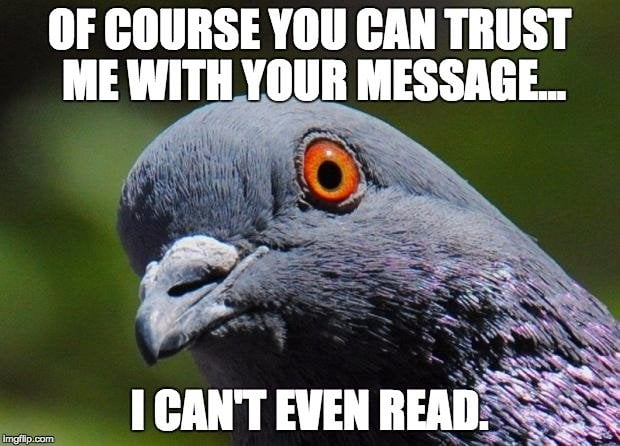
Pigeons Have A Special Ability: Magnetoreception
Rock pigeons have an innate ability known as magnetoreception, which enables them to detect and orient themselves based on magnetic fields.
Humans lack this ability, but many bird species have the skill to varying degrees. Rock pigeons that show the most potent ability are bred to create robust and reliable homing pigeons.
Interestingly enough, it has been found that homing pigeons are much more accurate going long distances in the north and south direction, rather than east and west, due to the natural direction of the magnetic fields (flowing between the North Pole and the South Pole).

When the system of homing pigeons was first implemented, the most significant trouble for the birds was the one-way trip (over land) before they could be released to fly home.
This issue was solved through experimentation. It was found that homing pigeons could be fed in one place and deliver messages to the other. In this way, the birds could be coaxed to fly back and forth between two points, carrying messages to and fro. The speed, efficiency, and lack of human variability were finally achieved!
Great Pigeon Posts In History
Although seeing homing pigeons in today’s world would be considered unusual, some people still train and race pigeons over long distances, which means this tradition is still alive. Historically, homing pigeons played an essential role in politics, diplomacy, and military operations.
They were used to transmit messages during wars, as they could pass through enemy lines much faster than a person riding on horseback. This is why they were referred to as “war pigeons,” and they continued to be used in some form until World War II.

Throughout history, birds have been recognized as reliable messengers. For instance, Genghis Khan used the pigeon post to stay in touch with remote parts of his empire. Similarly, homing pigeons were used in ancient Greece to announce significant events such as the Olympics.
In the 12th century, an extensive network of homing pigeons was established between Syria and Baghdad to link the two regions. India had one of the last active pigeon posts, officially retired in 2002.
Although the training methods and communication mediums varied in different parts of the world, the importance of birds as messengers remained constant. If the Internet did not exist and we still relied on traditional means of communication, we might still be using pigeon post today!
Last Updated By: Ashish Tiwari
References (click to expand)
- The Pigeon Post | Bio-Aerial Locomotion.
- Biro, D., Freeman, R., Meade, J., Roberts, S., & Guilford, T. (2007). Pigeons combine compass and landmark guidance in familiar route navigation. Proceedings of the National Academy of Sciences, 104(18), 7471-7476.
- Dennis Todd E, Rayner Matt J and Walker Michael M 2007Evidence that pigeons orient to geomagnetic intensity during homingProc. R. Soc. B.2741153–1158
- Walcott, C. (1996). Pigeon homing: observations, experiments and confusions. Journal of Experimental Biology, 199(1), 21-27.




